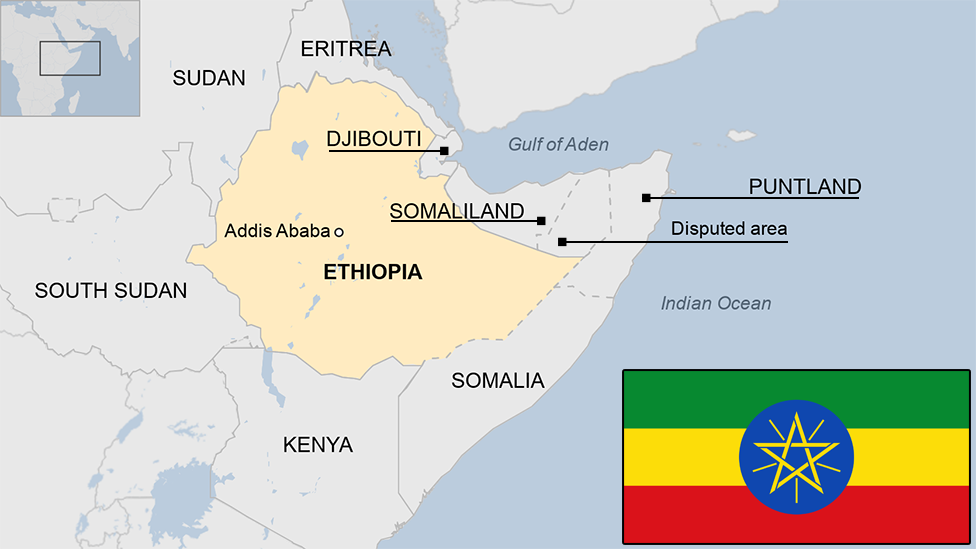River Nile dam: Sudan blasts 'unilateral' move as Ethiopia dam fills
- Published

The dam's construction, seen here in December 2019, began in 2011
Sudan says River Nile water levels have dropped as a reservoir behind Ethiopia's Grand Renaissance dam has filled up, hitting out at "any unilateral actions taken by any party".
Egypt has also demanded "quick official clarification" from Ethiopia.
Both Sudan and Egypt are downstream, and fear the large dam will greatly reduce their access to water.
Ethiopia sees the hydroelectric project as crucial for its economic growth and improving electricity supplies.
"If Ethiopia doesn't fill the dam, it means Ethiopia has agreed to demolish the dam," Prime Minister Abiy Ahmed told parliament earlier this month.
But state media have backtracked after reports on Wednesday that suggested the dam was being filled deliberately, though without making it clear whether the dam's gates had been closed.
On Thursday Sudan's foreign ministry quoted an Ethiopian official as saying Ethiopia was not filling the dam and had not closed its gates.
Earlier this week, talks between the three nations over the $4bn (£3.2bn) Grand Ethiopian Renaissance Dam (Gerd) ended without agreement, Ethiopian officials said, blaming "unchanged and additional and excessive demands of Egypt".
Dialogue and a fair solution were needed, Sudan's Information Minister Faisal Saleh was quoted as saying on Monday by Reuters.
Sudan said it had measured a noticeable decline in the flow of water at the al-Deim water station which borders Ethiopia.
Years of fraught negotiations have failed to reach a consensus on how and when to fill the reservoir, and how much water it should release.
Egyptian Foreign Minister Sameh Shoukry has previously warned that filling and operating the dam without an agreement "that protects the downstream communities… would heighten tensions and could provoke crises and conflicts that further destabilise an already troubled region".
A conflict between Egypt and Ethiopia, which are both US allies, would put millions of civilians at risk.
What did Ethiopia say?
On Wednesday its Water Minister Seleshi Bekele appeared to confirm the satellite images showing dam water levels rising, with state broadcaster EBC quoting him as saying it was "in line with the dam's natural construction process".
But hours later EBC backtracked, saying it apologised for "erroneous" reporting that incorrectly quoted the water minister as saying the process of filling the dam had started.
"[Mr Bekele] said negotiations on the Gerd would continue in a manner that would ensure the interests of Ethiopia", EBC clarified.
Satellite images taken between 27 June and 12 July show a steady increase in the amount of water being held back by the dam.
Two unnamed Ethiopian officials who spoke to AFP news agency have respectively blamed this on heavy rains outpacing the dam's ability to push water downstream, and it being a normal part of construction that has not stopped flow altogether.

When fully operational, the dam will become the largest hydro-electric plant in Africa, providing power to some 65 million Ethiopians, who currently lack a regular electricity supply. However, Egypt gets almost all of its water from the Nile and fears the dam will reduce supplies.
How long will it take to fill?
Ethiopia says it will take between five to seven years to fill up the dam to its maximum flood season capacity of 74 billion cubic metres (bcm). At that point, the lake that will be created could stretch back some 250km (155 miles) upstream.
Between each subsequent flood season the reservoir will be lowered to 49.3bcm.
Egypt, which almost entirely relies on the Nile for its water needs, is concerned that in most years of the filling it is not guaranteed a specific volume of water.
And once the filling stage is over, Ethiopia is reluctant to be tied to a figure of how much water to release.
In years of normal or above average rainfall that should not be a problem, but Egypt is nervous about what might happen during prolonged drought.

Explore the Nile with 360 video
Join Alastair Leithead and his team, travelling in 2018 from the Blue Nile's source to the sea - through Ethiopia and Sudan into Egypt.

What is happening with the talks?
Negotiations over the mega dam have failed to reach agreement after nearly a decade of talks between Egypt and Ethiopia, with Sudan caught in between.
Last year, Egypt sought the intervention of the US on the impasse.
Egyptian President Abdel-Fattah al-Sisi requested that US President Donald Trump mediate the conflict, which Ethiopia was initially reluctant to accept.
The US and the World Bank got involved but failed to get Ethiopia to sign up to a document agreed with Egypt in February.
When the US then said that the dam should not be completed without an agreement, Ethiopia accused the superpower of overstepping its role as a neutral observer.
The African Union (AU) has now said it will try to find a solution.
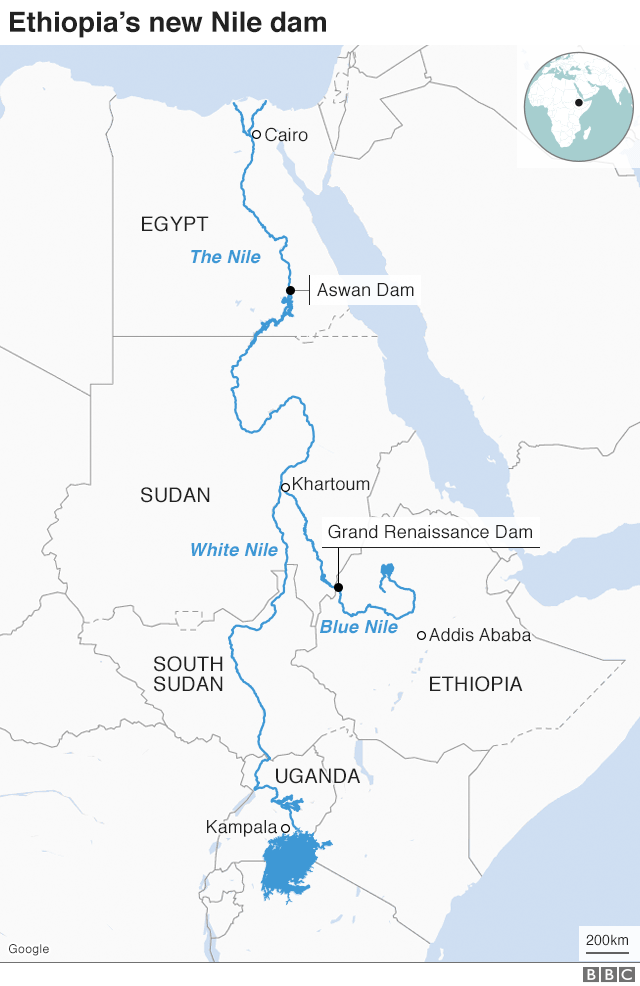

Update: A reference to the amount by which Sudan said the River Nile had fallen has been removed as it was unclear.
- Published10 July 2020

- Published13 January 2020
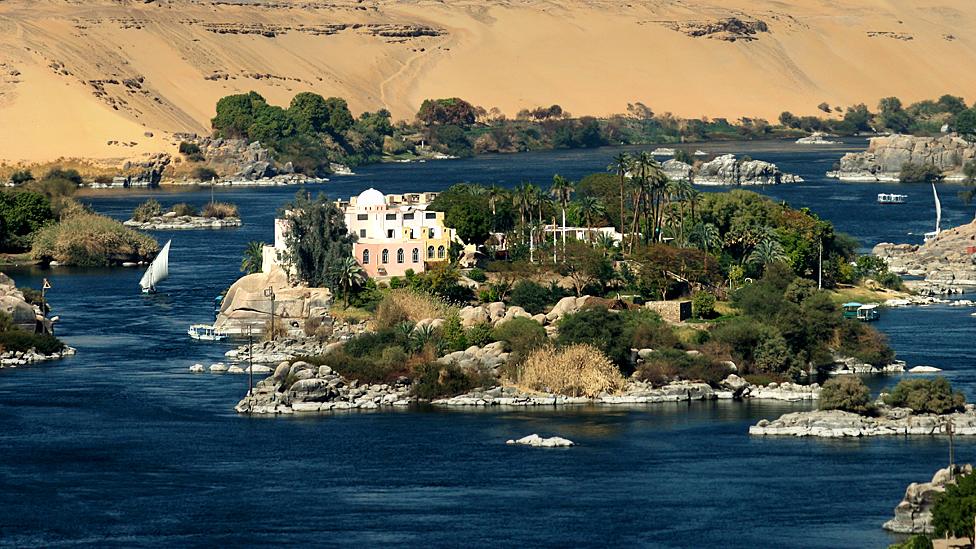
- Published24 February 2018
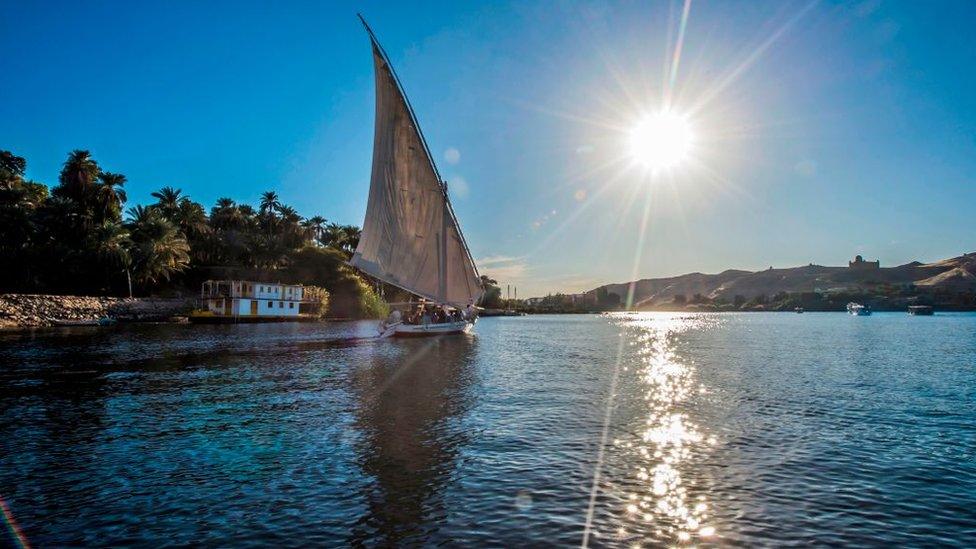
- Published2 January 2024
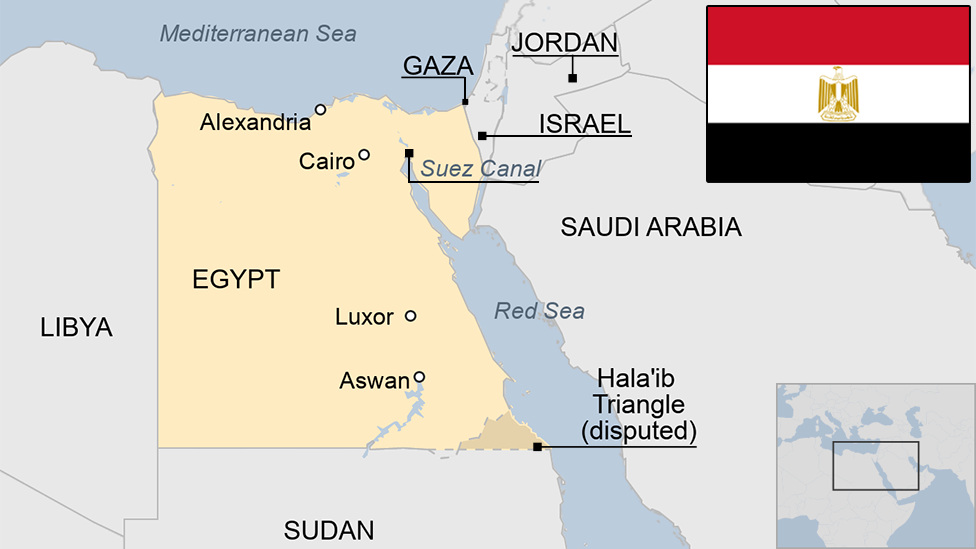
- Published2 January 2024
